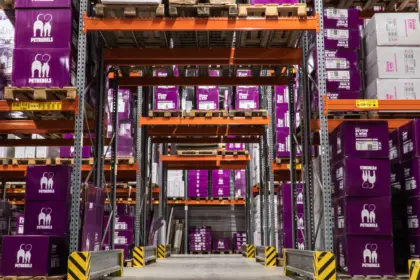Challenges Ahead for Inventory Management

Inventory management has always been a critical aspect of business operations, as it affects profitability and customer satisfaction. However, in recent times, businesses face new challenges in inventory management due to the changes in consumer behavior, globalization, supply chain disruptions, and technological advancements.
One of the significant challenges is the fluctuation in demand caused by the changing customer preferences and behaviors. Consumers now want a seamless shopping experience, and retailers have to cater to this demand by providing various sales channels and faster delivery options. However, this creates a strain on inventory management as it requires real-time data tracking to ensure optimal stock levels to meet demand.
Another challenge is the increasing complexity of global supply chains. Businesses rely on suppliers from various regions to source raw materials and finished goods. However, geopolitical tensions, natural disasters, and pandemics can cause disruptions in the supply chain, leading to inventory shortages or excess stock.
Moreover, the rapid technological advancements in the supply chain industry have created a need for businesses to embrace automation, data analytics, and AI-powered solutions to optimize inventory management. However, the implementation of these technologies requires significant investment and skilled workforce.
Businesses need to be aware of the challenges and adopt innovative solutions to overcome them. Investing in technology, streamlining supply chain processes, and maintaining accurate data tracking can help businesses optimize inventory management and stay competitive in the market.
Tags
Next Article

SAP and Oracle ERP's
Inventory tracking that is accurate and efficient is critical for businesses to remain competitive. SAP S/4HANA and Oracle E-Business Suite (EBS) are two powerful tools for developing a dependable inventory tracking system. Both programs include an integrated inventory management module that allows you to keep track of all inventory items, quantities, and locations. They can also be used to create an efficient reordering system, implement a cycle counting system, track inventory movement, and integrate with third-party software programs. Businesses can ensure that their inventory is well-managed and up to date by utilizing these tools.